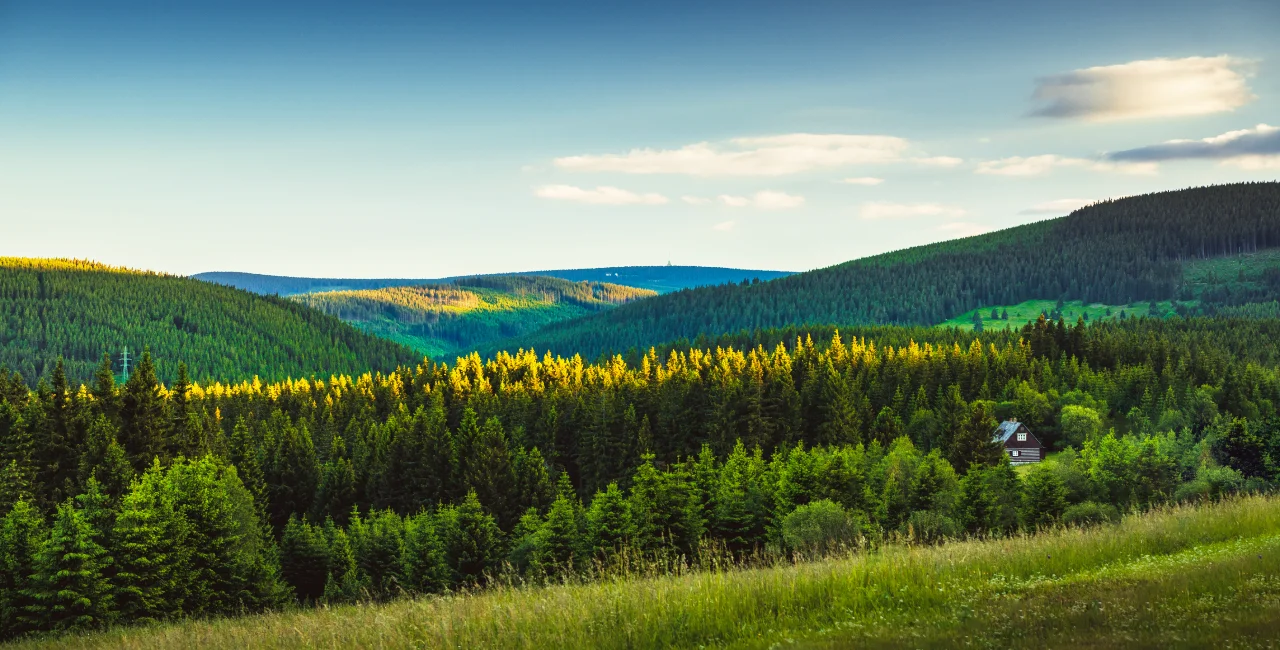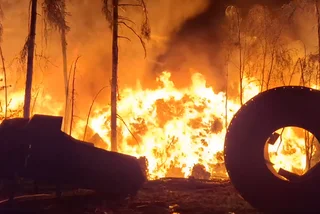Recent observations in the Czech Republic's Krkonoše Mountains, the country's highest mountain range, have revealed new phenomena and animal species that have never been recorded before in the area. Some of these changes are likely linked to climate change, Krkonoše National Park spokesperson Radek Drahný tells Czech News Agency.
Among the notable phenomena is the upward shift of the forest boundary, the appearance of the European mantis (commonly known as the praying mantis), and the disappearance of the white-spotted bluethroat from the Krkonoše ridges. The changes in species distribution are suspected to be related to climate change.
However, there is ongoing debate about whether the appearance of some newly discovered species, which thrive in warmer conditions, is a direct result of climate change or due to other factors.
An example is the yellow sac spider, which has been identified for the first time this year in a meadow above Horní Maršov. It has also been spotted in at least two other locations in both the Czech and Polish parts of the Krkonoše Mountains. This spider is venomous and notable for its ability to bite through human skin, although its bite is not life-threatening.
Earlier this year, the European moose was spotted in the Czech part of the Krkonoše Mountains for the first time in decades. The moose, which was identified by Polish colleagues near the border, was spotted in the vicinity of Žacléř.
While the moose may or may not be permanently migrating, its presence is seen as a positive sign of ecological health. The European moose, the largest member of the deer family, was historically native to the region but has been generally absent from the area since the 15th century.
While the above sightings have been naturally-observed, conservationists have also made strides in returning the critically endangered Apollo butterfly to the area. After a 100-year absence, over 50 individuals of this butterfly species were released into the Krkonoše Mountains earlier this summer in the hopes that this will lead to the species' permanent re-establishment in the region.
The shift in the upper forest boundary in the Krkonoše Mountains is also significant, with the boundary moving upwards by about half a meter per year due to recent rapid warming.
Scientists are closely observing this change in the ecotone, the transition zone between forest and alpine treeless areas, but do not expect the Krkonoše Mountains to become fully forested in this century. Currently, the highest spruce trees in the Czech part of the range are found between 1,450 and 1,500 meters above sea level.












 Reading time: 2 minutes
Reading time: 2 minutes 


























